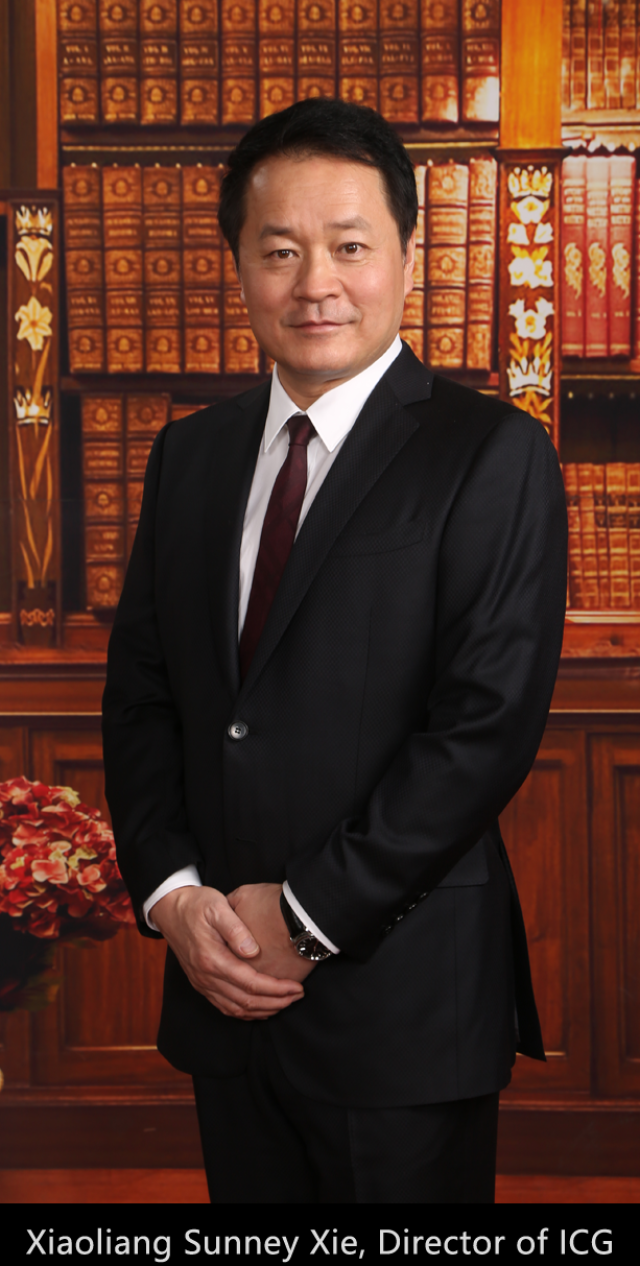
Improving Health Care by Precision Medicine
 The great discovery of genetics by Mendel in the 1860s started unraveling the mysteries of heredity. The posterior discovery of the DNA as the genetic material and its double helix structure in 1950s, and the invention of DNA sequencing technology in 1970s, allowed genetics to be explained in molecular terms and proved that genes contain the instructions for all life phenomena, including birth, aging, diseases and death. The successful completion of the human genome project at the beginning of this century deciphered human genetic information in entirety, allowing the human race to gain understanding of itself at the molecular level for the first time.
The great discovery of genetics by Mendel in the 1860s started unraveling the mysteries of heredity. The posterior discovery of the DNA as the genetic material and its double helix structure in 1950s, and the invention of DNA sequencing technology in 1970s, allowed genetics to be explained in molecular terms and proved that genes contain the instructions for all life phenomena, including birth, aging, diseases and death. The successful completion of the human genome project at the beginning of this century deciphered human genetic information in entirety, allowing the human race to gain understanding of itself at the molecular level for the first time.
After the human genome project, the cost of DNA sequencing has been drastically reduced by the next generation sequencing, making large-scale clinical sequencing a reality, leading us to the era of precision medicine. Precision medicine means acquiring an individual’s genomic information as well as other molecular information through advanced technologies, providing a highly personalized plan for therapy, prevention and health care for the individual.
Precision medicine is no doubt the trend of future medicine. In 2014, President Xi Jinpin visited BIOPIC at Peking University to see the latest progress on genetic diagnosis. He encouraged and endorsed BIOPIC’s achievements on genomic medicine. In the following two years, China and the United States have started their respective precision medicine initiatives.
Genetic diagnosis is one of the most cutting-edge technologies in medical diagnosis, the basis of precision medicine. This technology not only allows the identification of the genetic source of diseases for treatment and prevention, but also detects when a family member is a carrier of a pathogenic gene, offering the possibility to prevent the transmission of the defective gene to future generations.
On September 19, 2014, the first MALBAC baby was born, thanks to the efforts of the Peking University team. The team used for the first time a single-cell whole genome amplification technique called MALBAC, followed by high-throughput sequencing technology, to help a parent suffering from a hereditary monogenic disease (a single base DNA mutation) to have a healthy baby. This was a successful case of precision medicine, a concrete example that genomic research and technology can truly improve people's health.
In the next decade, genetic diagnosis will exhibit many opportunities, particually due to advances in the fields of single-cell genomics and genome editing, which will have profound impact on biology, medicine, and clinical applications. Only by continuously creating new methodology and new technology, the reliability and accuracy of genetic diagnosis can be improved, and the "precision" of medical treatment can be achieved.
In 2016, with the substantial support of the Beijing municipal government, Peking University established the Beijing Advanced Innovation Center of Genomics (ICG), which aims at conducting cutting-edge research in genomic medicine, in order to provide new health solutions to the general public. The center aspires to be at the forefront in the genetic diagnosis revolution by maintaining the focus on fundamental research, while promoting their translation to medicine.
ICG is a dynamic research center, characterized by conducting technology driven biomedical research, and having an outstanding multidisciplinary team. ICG aspires to make real contributions to biomedical science as well as to human health.

Director of the Beijing Advanced Innovation Center of Genomics
April 30, 2018